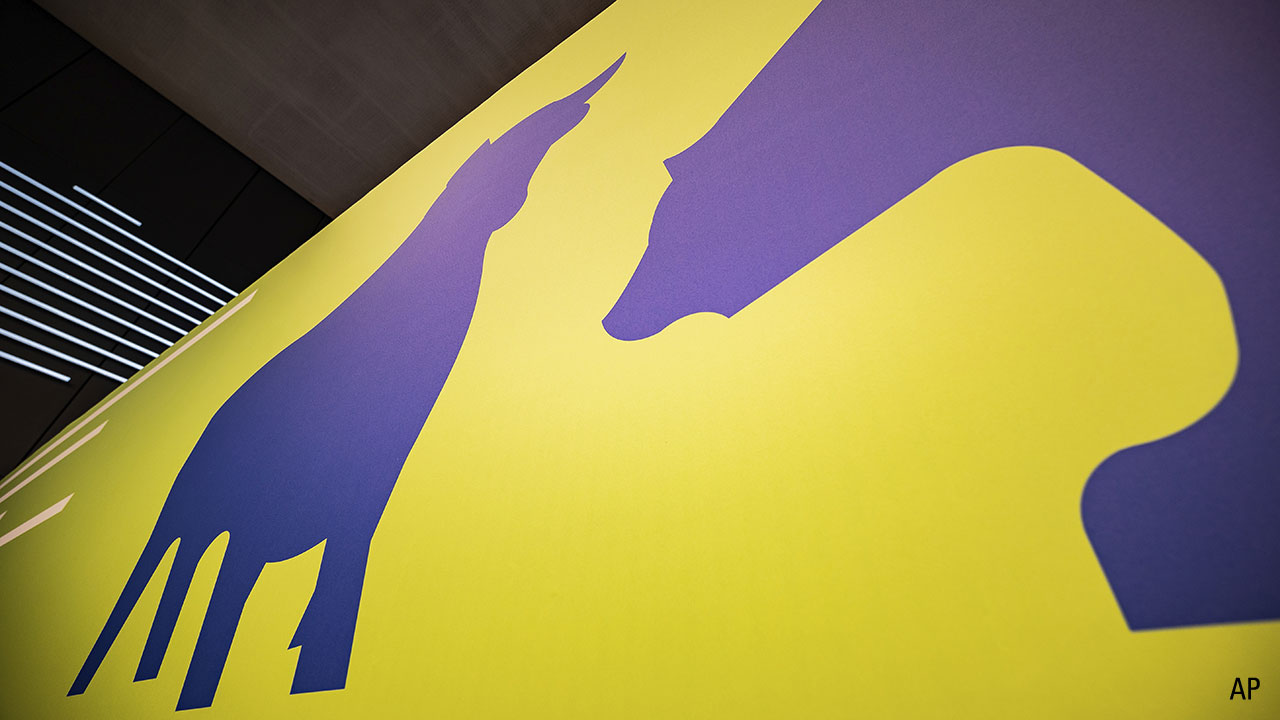
The common view on the recovery right now seems to be that it’s just getting started and we are now in the second year of a new bull market. Some observers disagree: we are rather at the tail end of a bull run that started 12 years ago. So which is it?
Bear markets are usually identified by a drop of at least 20% in stock prices. But a more exacting delineation from one bull cycle to the next “is a bear market for equities (-20% or more) coinciding with a recession (2 quarters of negative growth),” proposes Craig Basinger, chief investment officer at Richardson Wealth. On that count, with 2020 seeing both occurrences, we’d be in a bull market.
Basinger disagrees, and so does Aidan Garrib, head of global macro strategy and research at Pavilion Global Markets. First of all, because of the global lockdown enacted by governments everywhere, we witnessed “the quickest recession (only two quarters) and the second-fastest bear market to recovery going back 70 years,” notes Basinger, adding that what we witness now “just doesn’t feel like a new cycle.”
A Cycle in a Cycle
What we’ve seen in 2020 is rather “a mini-cycle within a broader cycle,” says Garrib, who proposes for the economy and markets the analogy of a ball in the water. “Covid pulled the beach ball below the surface and, with the recovery, that ball is shooting up into the air, but in reality, the ball is still in about the same spot where it was before 2020.” The broader cycle encompassing the “beach ball” mini-cycle is the bull market that started in 2010 and which is continuing, but now approaching its end.
The two analysts base their conclusion on essentially four key factors: cleaning up of excesses, debt/leverage, inflation and risk appetite. There were no identifiable excesses before the 2020 bear as we’ve seen in previous downturns: housing excess, technology excesses, commodities excesses. “Bad ideas are funded and once reality can’t keep up with expectations, things begin to implode. None of that occurred in 2020,” Basinger recalls, “Usually, yields are rising materially six to twelve months before the recession/bear market phase. In 2019, yields were on a one-way road headed lower. In 2020, markets were up in the six months before the recession hit and even made new highs two months into the recession.”
Leverage shows similar quirks. “With recessions, notes Garrib, you tend to see deleveraging during the downturn, and you see it taking up again when the recovery gains traction. We haven’t seen much deleveraging during the recession. In fact, we just added more debt to the pre-existing pile of debt.”
The third factor, inflation, is a major concern presently, and something that we see at the end of a cycle, not at the beginning, point out both specialists.
The fourth factor is risk appetite, which is already red hot, points out Basinger. Normally, at the start of a bull market, investors are cautious, market direction is still unclear, equity issuance is slow. Not now: IPOs are at all-time highs, there are pockets of speculative fever and commodity prices are rising, something “that doesn’t usually occur in the early phase of a bull cycle; it is more a late-cycle characteristic,” he points out. Also, “markets are not just making new highs, but rocketing higher.” Global market capitalization is at an all-time high at $111 trillion, up almost 30% from before the pandemic. More unexpected, “we’re now at 22 times peak earnings, or 25 times annualized, says Basinger. If we’re at the start of a bull market, it’s very strange to have such numbers.”
“If you were to look at valuation metrics of the S&P 500 relative to company profitability, most would draw the conclusion that the market was overvalued in 2017 and 2018, adds Ian Tam, director of investment research, Canada, at Morningstar, “Yet, here we are four years later with the index hitting all-time highs.”
Old Bulls Still Have Legs
Basinger and Garrib are not telling investors to run for cover. There is still room for the present recovery to stretch out. “We think there’s an elevated risk of price correction,” believes Basinger, but if there is a pullback, we think it will be more of an opportunity to invest. I think it’s safe to say that chances of a recession in the next 12 months are low.”
So, growth is still on, but not in the same zones as before the recession and... with precaution. Garrib adopts a “barbell” structure for his portfolio. “I want to be long large-cap quality technology and offset it with energy and materials, two value pockets that have the most upside. Tech stocks have a history of compounding returns and they usually can come up with a new product that drives revenue growth. Nothing I see suggests that this is this will end now.”
Basinger has tilted his portfolios toward international developed countries, especially in Europe, and Canada being market weight, while he underweights his U.S. holdings, “though we have not left technology [in the U.S.],” he points out. The good news is that there is so much economic momentum, we don’t think the bull will end in its 13th year.” But investors could be mistaken to think that this bull is only two years old.
Ian Tam advises the prudent path. “It is tough for an average investor to try to predict the start or the end of a cycle. We stress that for younger investors, a long time horizon means that your investment timeframe will likely span a full market cycle, if not multiple cycles. Focusing on your risk profile and ensuring your asset allocation is in line with it will likely be more helpful in reaching your financial goals, and has the benefit of reducing the stress of trying to time a cycle.”
How Exposed Is Your Equity?
Get The Global Makeup Of Equity Indexes With Our Free Tool Here









.jpg)










